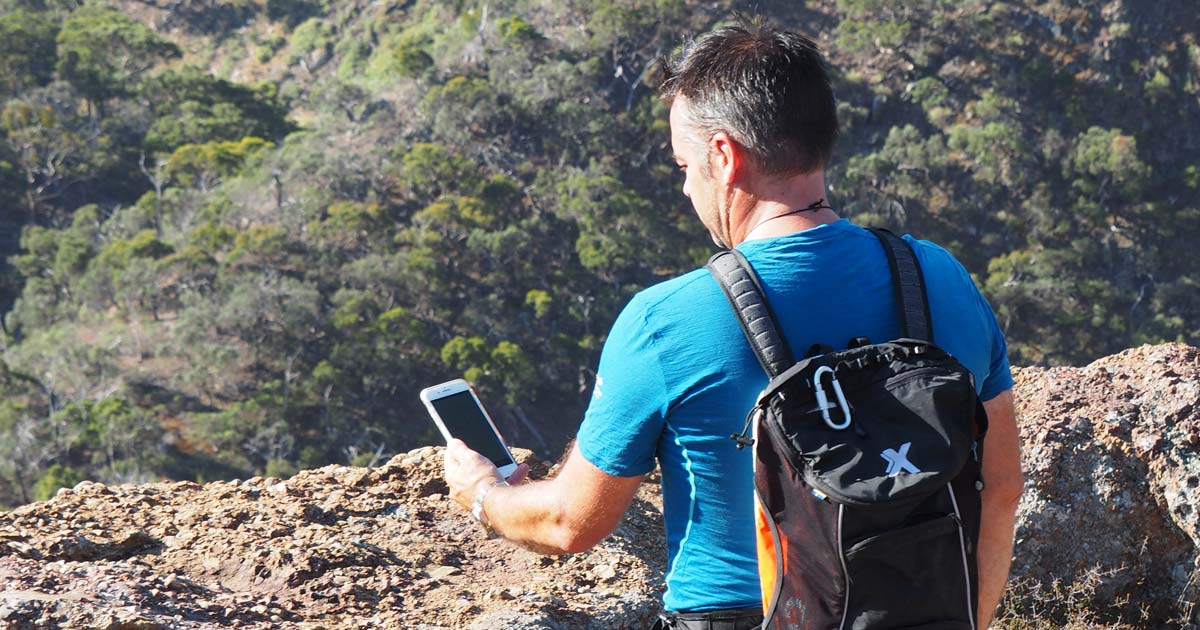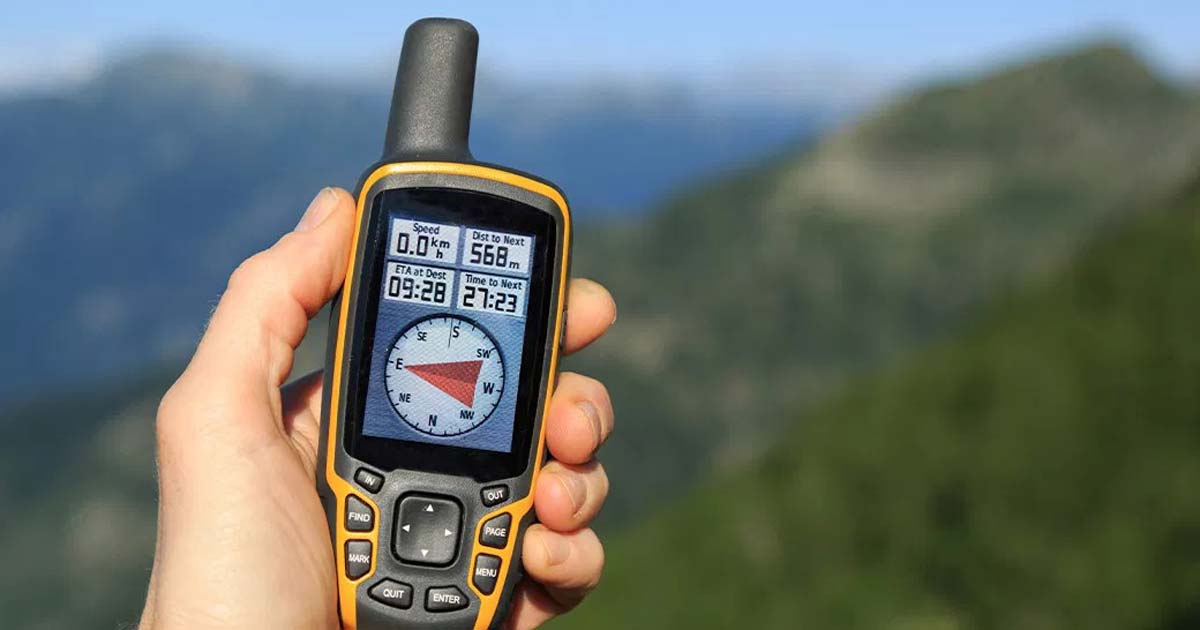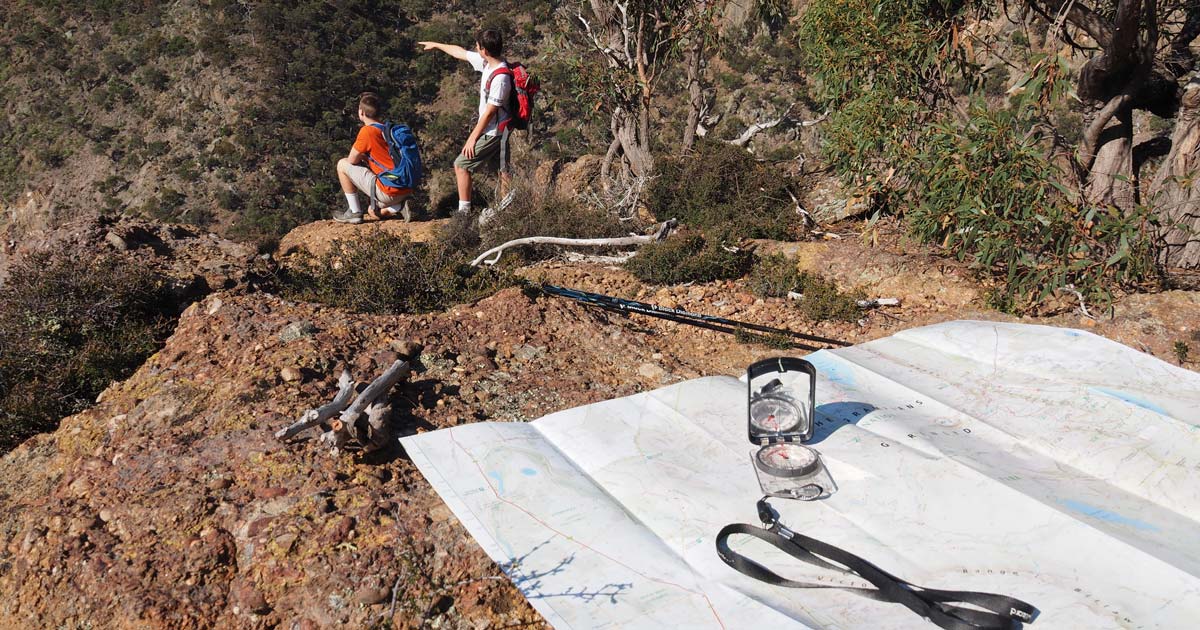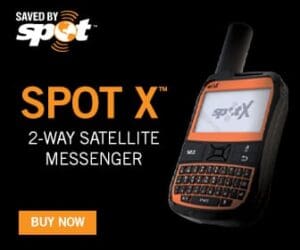Hiking apps vs GPS: Which is best?
With the rise of technology, smartphones have become ubiquitous in our daily lives. One of the many uses of smartphones is navigation, which has replaced traditional GPS devices for many people. But when it comes to hiking, which is the better option: smartphone navigation or GPS devices?
Hiking apps

Hiking apps have become increasingly popular in recent years due to the rise of smartphones and their ability to track location data. These apps provide hikers with a wealth of information, such as trail maps, elevation profiles, and real-time weather updates. They also offer features such as social sharing, where hikers can share their routes and experiences with friends and family.
One major advantage of using a hiking app is that it’s easy to download and use. Most apps are free or have a small cost, making them accessible to most people with a smartphone. They also often have a community aspect, allowing hikers to connect with other outdoor enthusiasts and discover new trails. Additionally, because they use a smartphone’s GPS capabilities, hikers don’t need to carry additional equipment, reducing the weight of their gear.
However, there are also some disadvantages to using hiking apps. They rely on a smartphone’s battery life, which can drain quickly when using location services and other features. Additionally, reception can be spotty in remote areas, making it difficult to access maps and other features unless the app you are using has an offline mode and you downloaded the maps beforehand. Finally, there is the risk of a smartphone breaking or getting lost, which could leave hikers without their primary navigation tool. One of the biggest disadvantages with some hiking apps is that the data they use is crowd-sourced. What this often means is that as no one has verified the data is correct. Reviewing some apps shows loads of inaccurate trails, wrong trail names, incorrect hike grades, and inaccurate times. The unintended consequence if this often results in people heading into areas that are outside their level of experience and skill, with a false sense of security that they’re hiking on a well marked and official trail and can easily find their way.
GPS devices

GPS devices are designed specifically for outdoor activities like hiking and provide more advanced features than hiking apps. They use satellite signals to track location data, provide accurate elevation readings, and can withstand more extreme conditions than a smartphone. Popular GPS devices for hiking include Garmin’s GPSMAP 66i, the Suunto 9, and the Magellan eXplorist TRX7.
One of the major advantages of using a GPS device is that it’s designed specifically for outdoor use, meaning it can withstand harsh conditions and has a long battery life. Additionally, because it doesn’t rely on mobile service, hikers can access maps and other features even in remote areas. Finally, GPS devices can be more accurate than a smartphone, providing more precise location data.
However, there are also some disadvantages to using GPS devices. They can be more expensive than hiking apps and require additional equipment, such as batteries or a charging cable. They also have a steeper learning curve and can be more difficult to use than a smartphone app. Finally, they don’t have the same community aspect as hiking apps, so hikers may miss out on connecting with other outdoor enthusiasts. Not a big deal in my view when its your safety you are considering.
Both GPS devices and smartphones can be used for hike navigation, and the better choice depends on various factors. Here are some considerations:
- Battery Life: GPS devices typically have longer battery life compared to smartphones, especially when it comes to outdoor activities like hiking. GPS devices are designed to conserve power and can last for days or even weeks on a single charge, whereas smartphones may drain their battery quickly when using GPS navigation for extended periods.
- Durability: GPS devices are often built to withstand rugged outdoor conditions and are designed to be more durable than smartphones, which are generally more delicate and susceptible to damage from impacts, moisture, and extreme temperatures.
- Reception in Remote Areas: GPS devices often have better signal reception in remote areas compared to smartphones, as they typically use dedicated satellite navigation systems like GPS, GLONASS, or Galileo, which may have better coverage in wilderness areas where mobile network coverage may be limited or non-existent.
- Navigation Features: While smartphones offer a wide range of navigation apps, GPS devices often come with specialised features for outdoor activities like hiking, such as topographic maps, waypoint tracking, and breadcrumb trails, which can be helpful for navigation in wilderness areas where trails may not be well-marked or maintained.
- Reliance on Mobile Networks: Smartphones typically rely on mobile networks for GPS navigation, which may not be available in remote wilderness areas. GPS devices, on the other hand, do not require mobile networks and can provide standalone navigation capabilities.
- Ease of Use: Smartphones are generally more user-friendly and familiar to most people, as they are widely used in everyday life. GPS devices, on the other hand, may require some learning curve to understand and operate, as they often have specific menus, buttons, and interfaces.
Both GPS devices and smartphones can be used for hike navigation, and the better choice depends on your specific needs and preferences. If you prioritise long battery life, durability, reliable signal reception in remote areas, specialised navigation features, and independence from mobile networks, a GPS device may be a better option. However, if you are already familiar with smartphone navigation apps, have good mobile network coverage in the areas you plan to hike, are familiar with the trails, and prioritise ease of use, a smartphone may be sufficient for your needs. Ultimately your safety is in your hands so make the choice that gives you the best chance of returning from every hike.
Is a map and compass better?

The question of whether a map and compass are “better” than GPS devices or hiking apps depends on the context and the specific needs of the hiker. Both traditional navigation tools (map and compass) and modern navigation devices (GPS devices and hiking apps) have their advantages and disadvantages.
Advantages of map and compass
- Reliability: Maps and compasses do not require batteries or electronic signals, making them highly reliable and not susceptible to issues like battery life or signal loss.
- Accuracy: Maps provide a comprehensive view of the landscape and can convey detailed topographic information, while compasses provide precise directional readings. When used correctly, maps and compasses can be highly accurate for navigation.
- Versatility: Maps and compasses are not dependent on technology, making them usable in remote areas without cell service or in situations where GPS devices or smartphones may not function. Maps can also be used for route planning, tracking progress, and identifying landmarks.
- Skills and Knowledge: Using a map and compass requires developing skills and knowledge of topographic maps, compass usage, and terrain interpretation. This can deepen a hiker’s understanding of the environment and enhance their navigation skills and confidence.
Advantages of GPS devices and hiking apps
- Convenience: GPS devices and hiking apps are often more convenient to use, as they provide real-time location data and can be easier to carry compared to paper maps and compasses.
- Accuracy: GPS devices can provide precise location data, which can be helpful for pinpointing your exact location on a map. Hiking apps can also provide real-time tracking and mapping features, enhancing navigation accuracy.
- Features: GPS devices and hiking apps may offer additional features such as route planning, elevation profiles, weather updates, and social sharing, which can enhance the hiking experience and provide useful information.
- User-friendly: GPS devices and hiking apps can be easier to use for hikers who are less familiar with map and compass navigation, as they often have intuitive interfaces and require less technical skill.
Which is better?
Ultimately, the decision between using a hiking app or GPS device depends on personal preference and hiking needs. Hiking apps are great for casual hikers or those looking to try out new trails. They’re easy to use, accessible, and provide a wealth of information. GPS devices are better suited for more experienced hikers or those planning on hiking in more remote locations. They offer more advanced features and are designed to withstand harsh conditions. Both hiking apps and GPS devices have their advantages and disadvantages, and it’s up to each individual hiker to decide which one is right for them. Whether you’re using a smartphone app or a dedicated GPS device, always remember to bring a map and compass as a backup, just in case and plan your hike thoroughly before heading out on the trail.
Ultimately, the “best” navigation tool depends on the specific needs, preferences, and level of experience of the hiker. Traditional navigation tools like maps and compasses are reliable, accurate, and versatile, but require skills and knowledge to use effectively. On the other hand, GPS devices and hiking apps are convenient, user-friendly, and offer additional features, but may be dependent on technology and have their limitations. It’s important for hikers to be proficient in using their chosen navigation tools and always have a backup plan in case of equipment failures or emergencies. The ideal approach may involve a combination of traditional and modern navigation tools to ensure safe and effective navigation during outdoor adventures.
Iv’e learnt how to use a map and compass, smartphone apps and GPS devices so I can select the best combination for the hike I am planning to do. For casual hikes along well formed trails, the hiking app is great. When I head into more remote areas for a longer period of time, I’m always carrying a map, compass and GPS. The decision on what you use all comes down to how safe you want to be.
If anyone is thinking ‘just carry a PLB‘, consider that if you aren’t self-reliant and proficient enough to navigate the trail you are on, you are unnecessarily putting the lives of others at risk when they volunteer their time to come and rescue you. Ultimately your safety is in your hands so make the choice of navigation device that gives you the best chance of returning from every hike.











I always recommend carrying two navigation tools. You never know when you’ll need a backup.
Darren Edwards Great advice 👍😁
“Two is one. And one is none!”
Murky Murk hmmm. I might take three in future. N-1=2 is an equation I like better